Вот уже 26 лет на земной орбите крутится телескоп Хаббл. За это время он сделал миллионы снимков Вселенной. Мы выбрали для тебя 30 самых красивых.
Звездное скопление Westerlund 2.
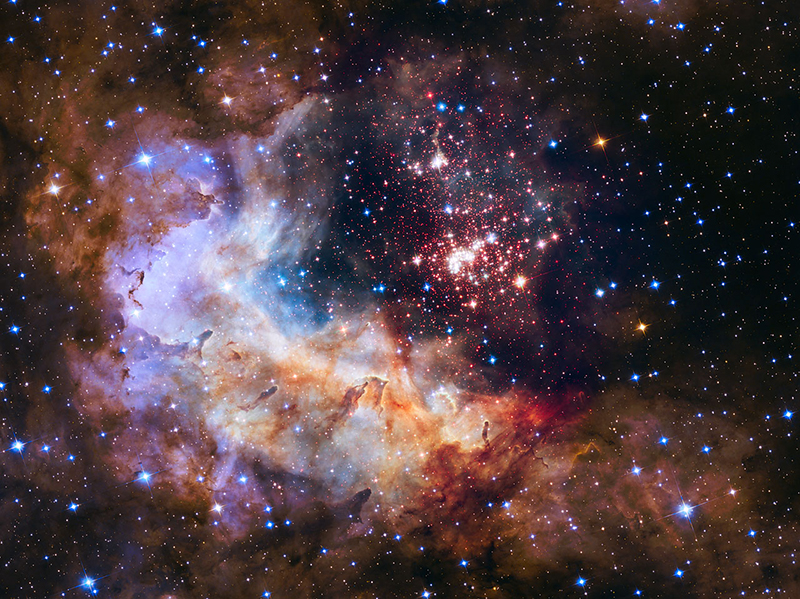
Один из самых свежих снимков Хаббл – центр Млечного Пути. Ближайшая к нам звездочка с этой фотографии находится в 27 000 световых лет от Земли.
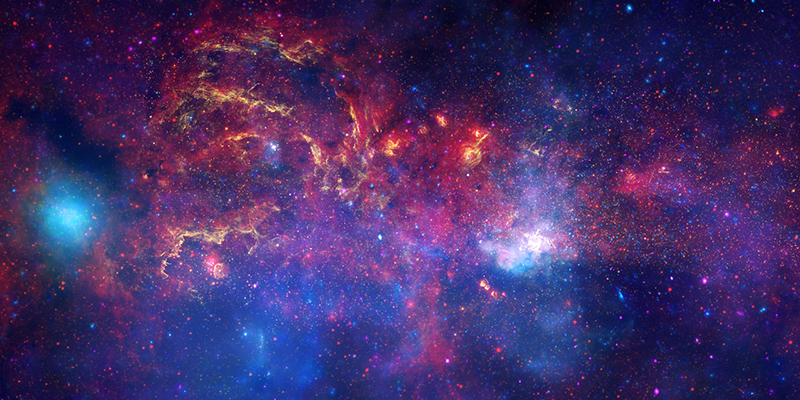
Облака газа и пыли где-то в Туманности Орла.
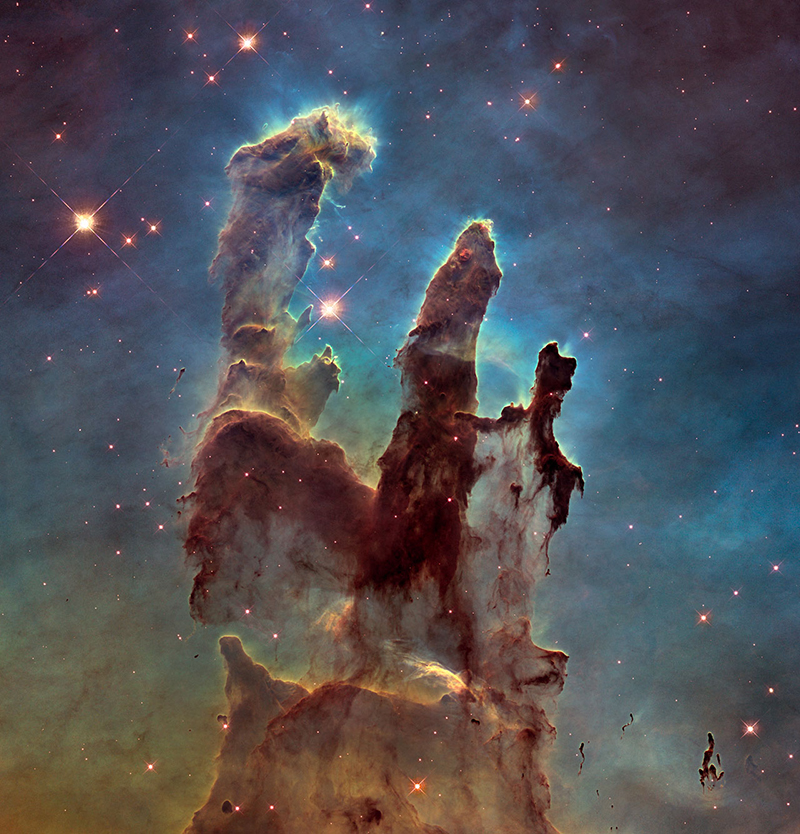
Это самый четкий и детальный снимок Крабовидной Туманности, который пока есть у человечества. Эта туманность – все, что осталось от сверхновой, рванувшей 4 июля 1054 года по земному летоисчислению. Вспышка была такой мощной, что ее еще месяц было видно даже днем.
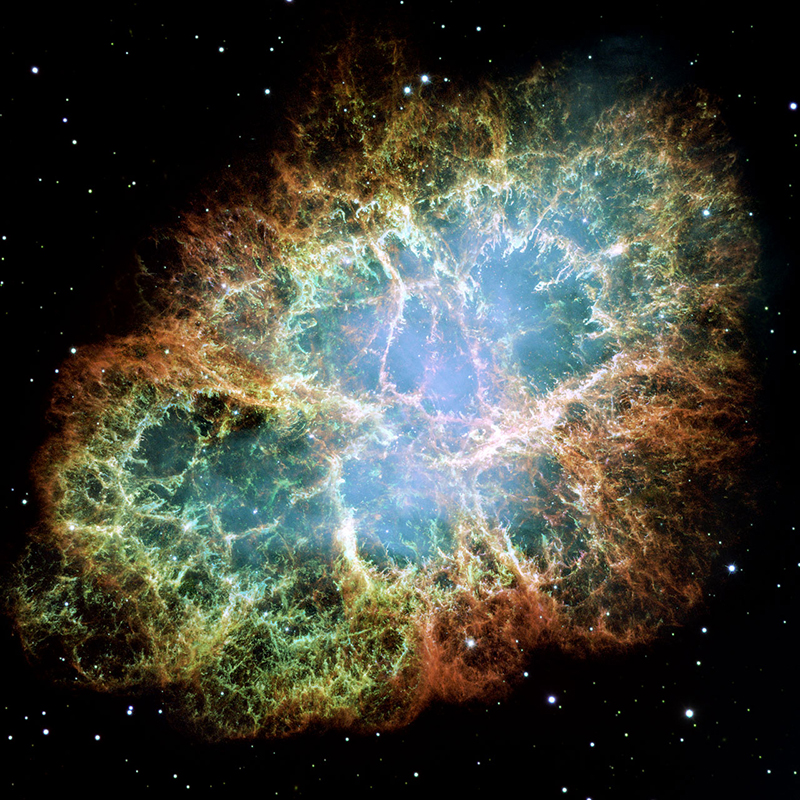
Туманность Медуза в созвездии Близнецов.
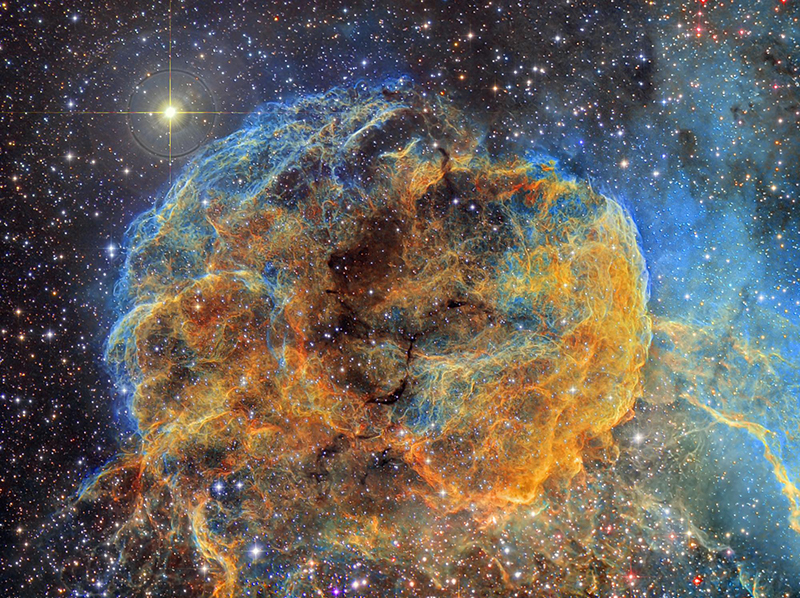
Биполярная туманность Twin Jet – две звезды, которые сошлись в последнем танго. Одна уже разрушается, а другая еще продолжает вращаться около нее. Процесс начался недавно – каких-то 1200 лет назад, примерно тогда же, когда на Русь заявился Рюрик.
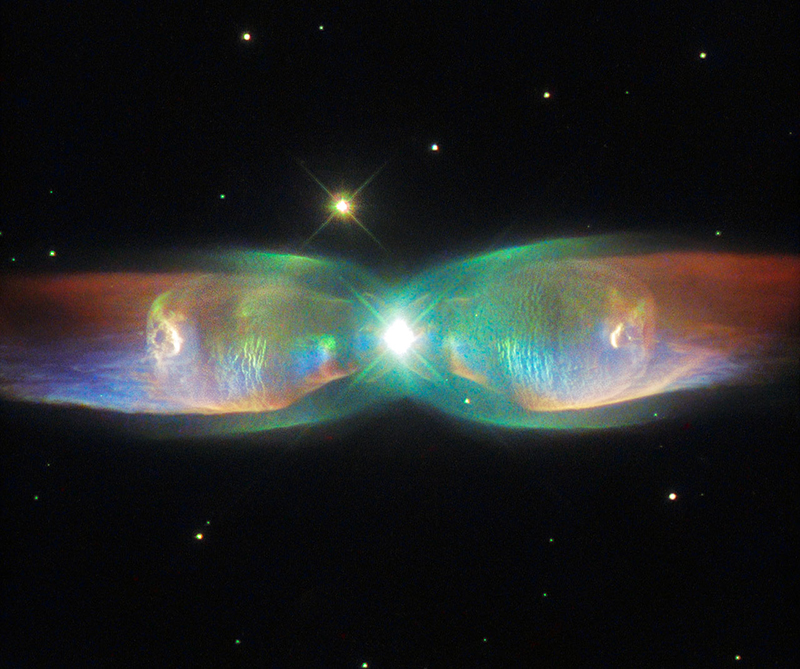
Это не Око Саурона. Это туманность Кошачий Глаз а созвездии Дракона.
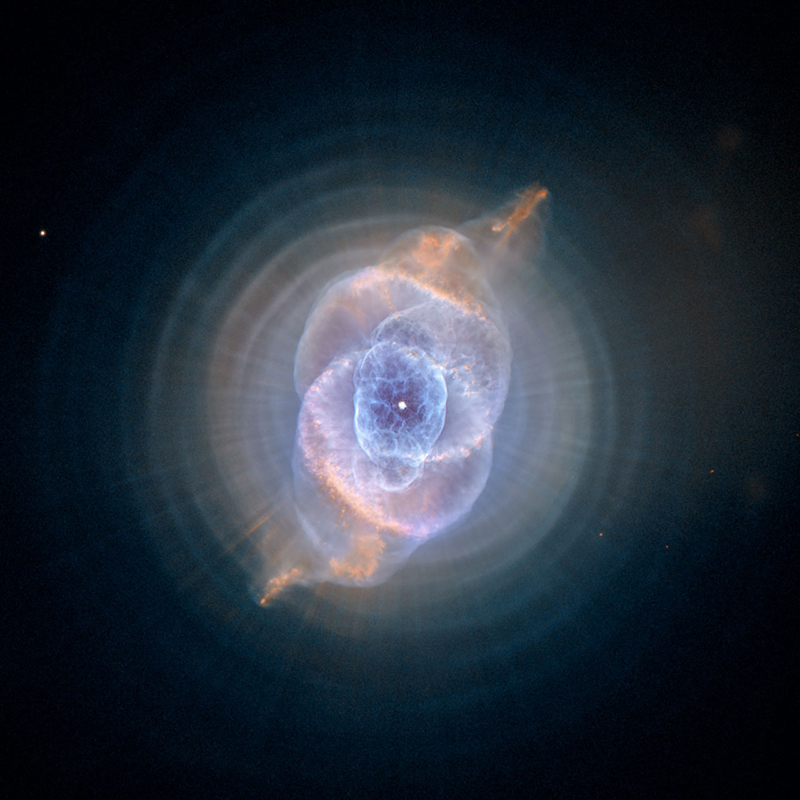
Кто-то в космосе надул пузырь. Очень большой пузырь – 23 световых года в диаметре. Это сброшенная оболочка сверхновой звезды в Большом Магеллановом Облаке.
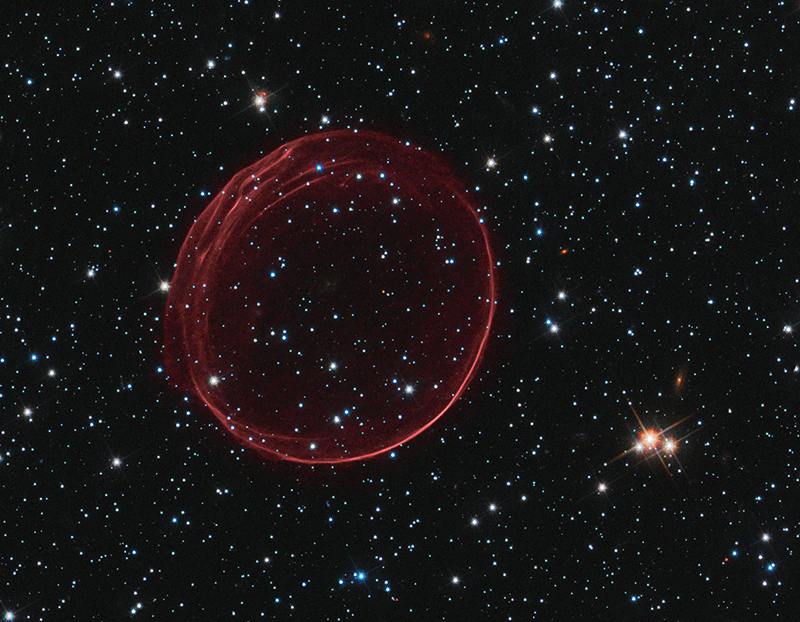
Милая бабочка в созвездии Скорпиона. Трудно поверить, что эта симпатичная штучка – раскаленный до 20 000С газ, который несется через Вселенную на скорости 950 000 километров в час, а в ее центре – останки погибшей звезды.
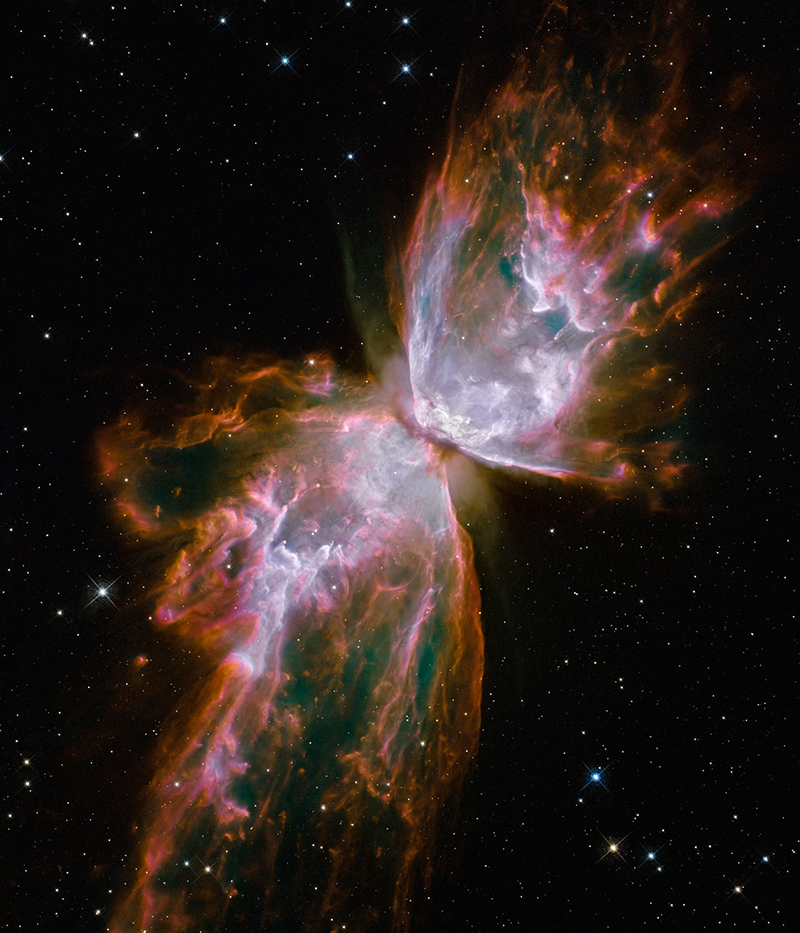
Да, это он — Сатурн. И он на самом деле вот такой, пастельный.

Спиральная Туманность в созвездии Муха. Финальный этап эволюции любой небольшой звезды. Наше Солнце тоже так кончит, скорее всего.
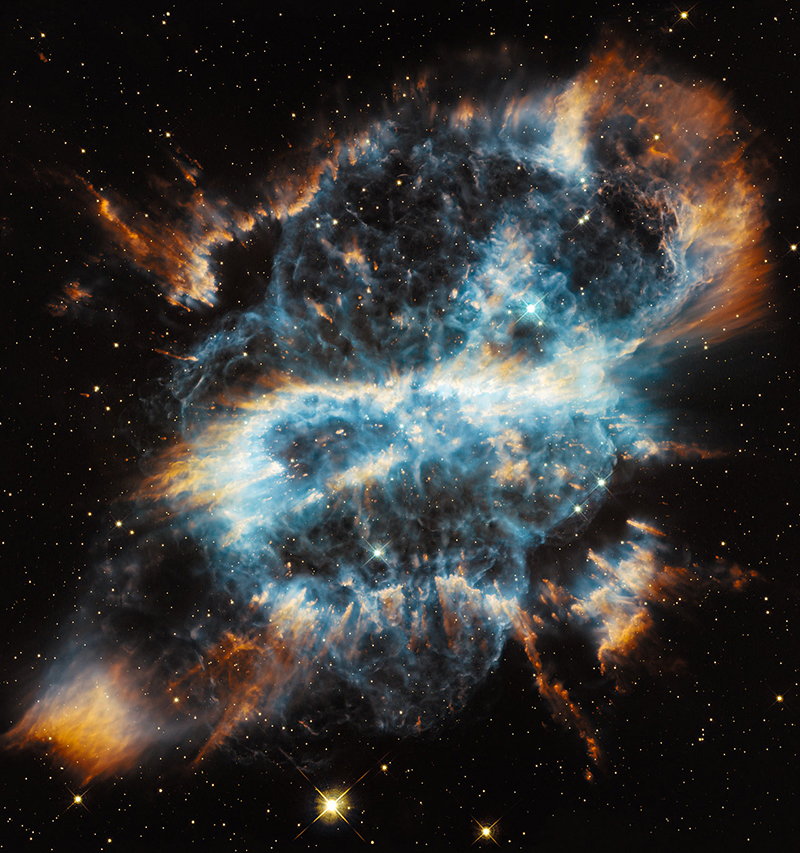
Облака космической пыли в созвездии Киля. Или в Мордоре.
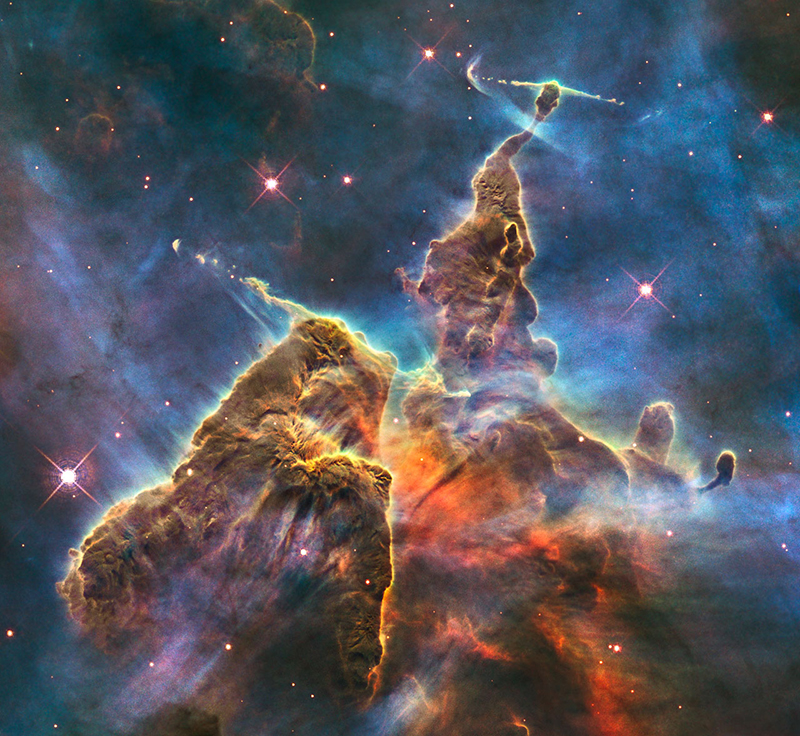
Меркурий, синий и побитый.

Туманность Улитка в созвездии Водолея – одна из самых близких к нам планетарных туманностей. Каких-то 650 световых лет.
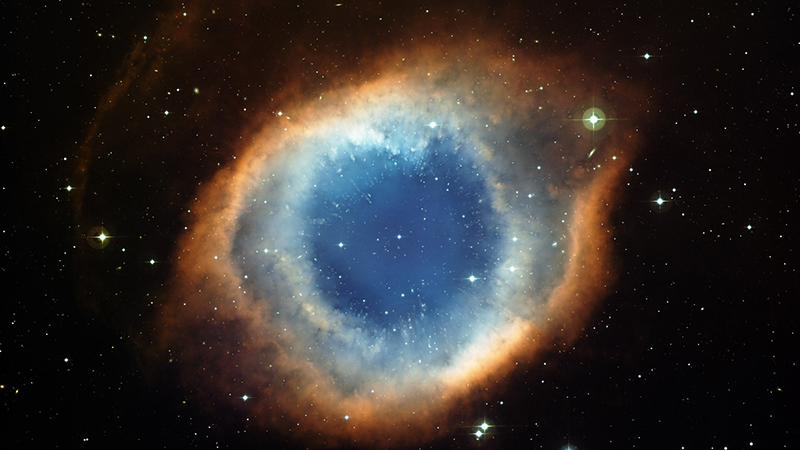
Галактика NGC 7049 в созвездии Индейца. Что-то подобное могли бы сделать дизайнеры Tiffany.
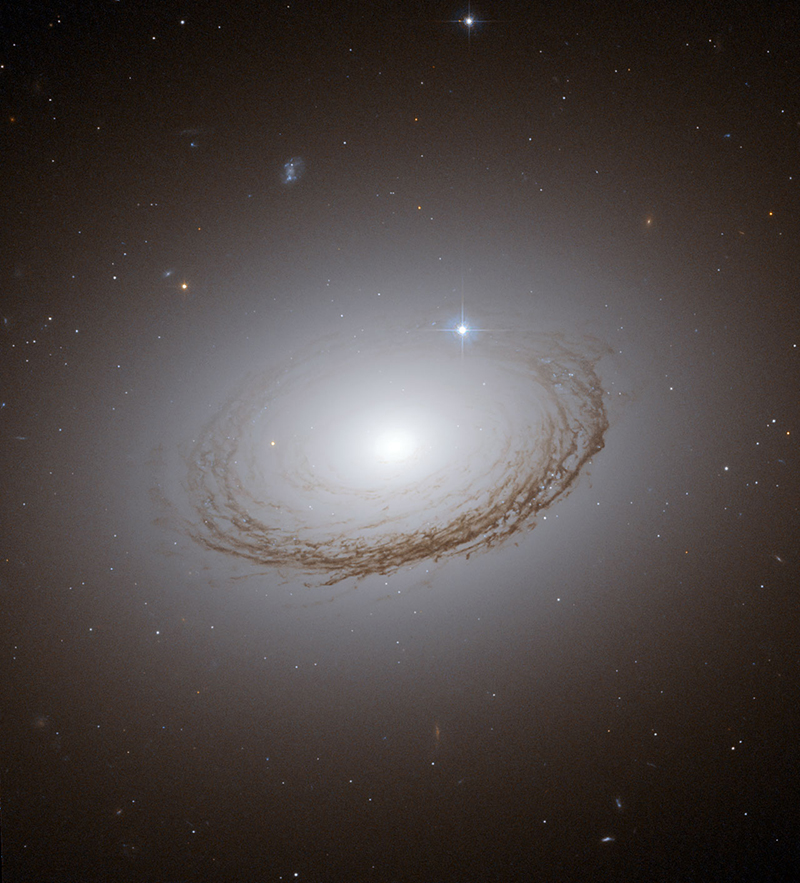
Малое Магелланово Облако – галактика-сателлит нашего Млечного пути.

Маленькая галактика в созвездии Девы. Одна-одинешенька.

Юпитер крупным планом, в отличие от нас, смотрится даже лучше.
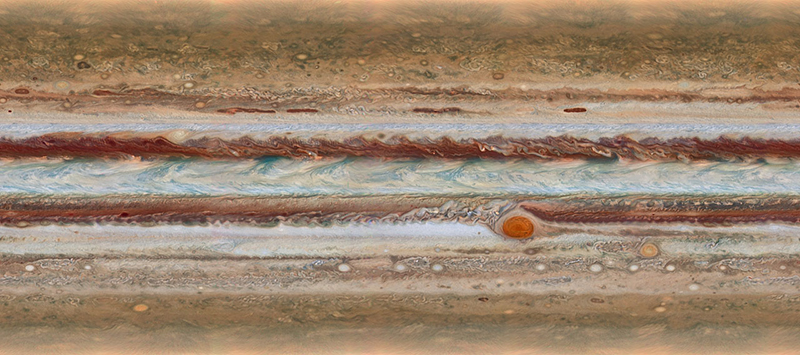
Эта галактика с поэтическим названием NGC 4206 — цех по производству звезд. Видишь голубые точки по краю? Это газ, который потом превратится в чье-то солнце.
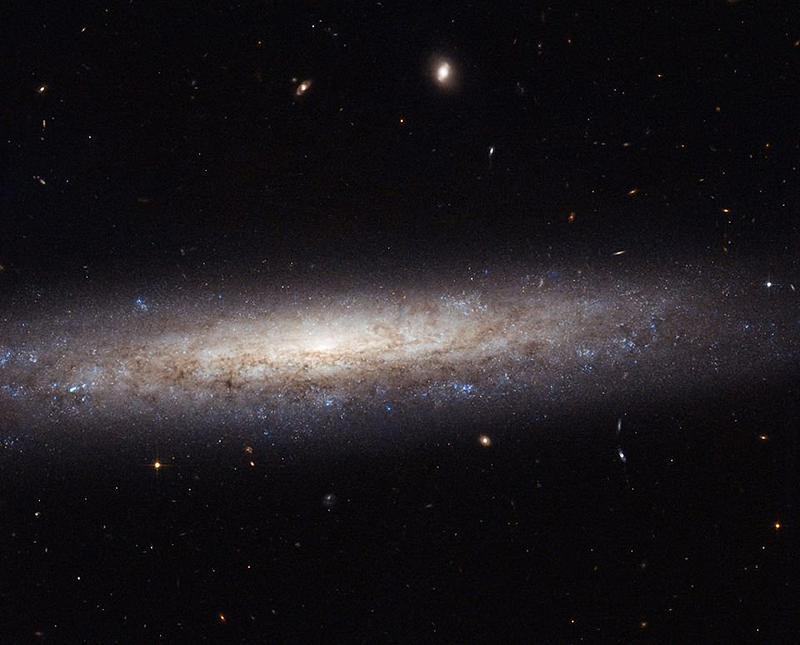
Туманность Вуаль – ошметки сверхновой.
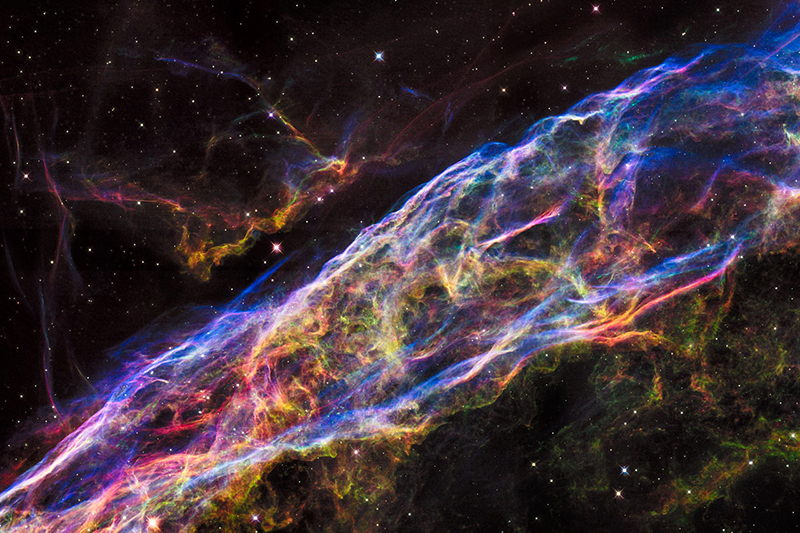
Галактика Водоворот и ее маленькая соседка NGC 5195, которая крутится на периферии Водоворота уже несколько сот миллионов лет.
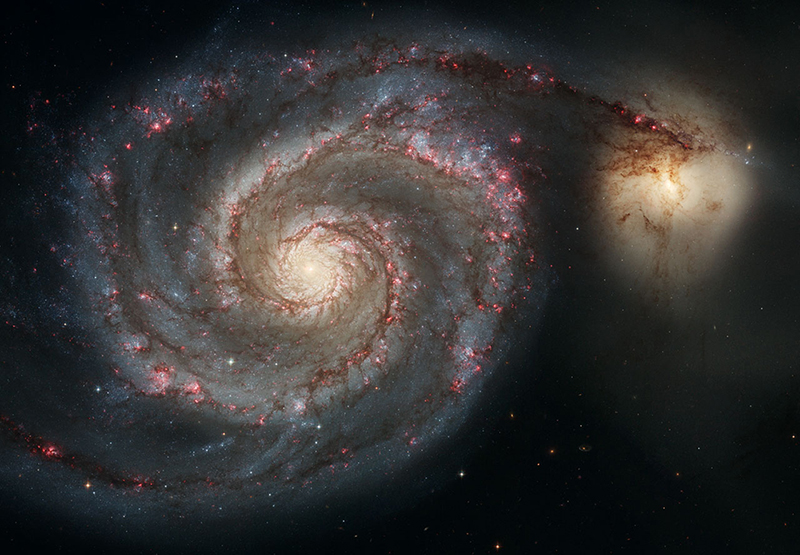
В центре Млечного пути.
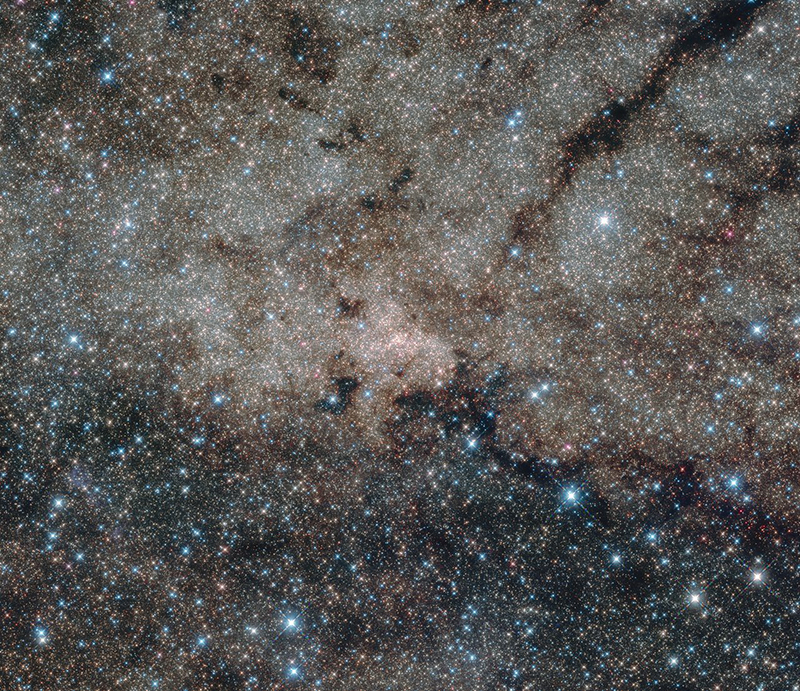
Туманность Ориона, в которой прямо вот сейчас создаются новые звезды.
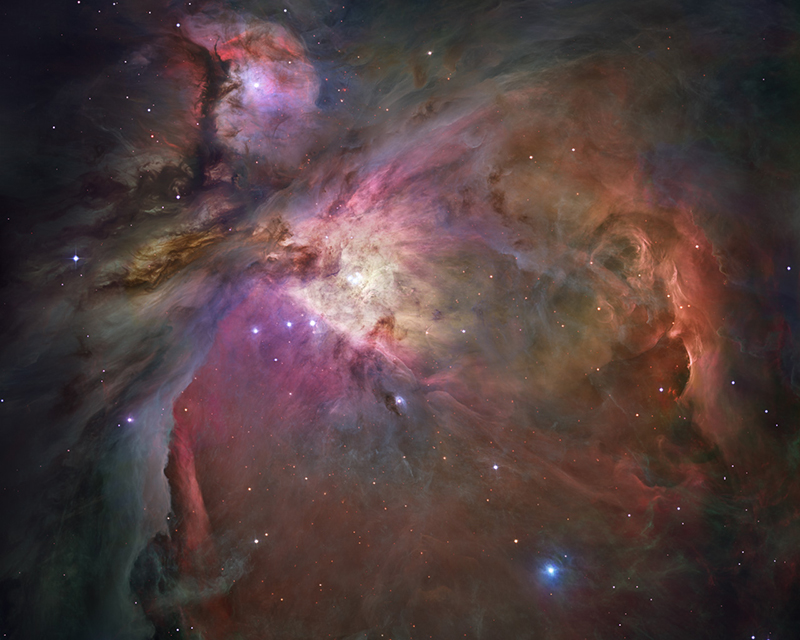
Астрономы – те еще романтики. На этом снимке запечатлен момент рождения новой звезды – вон она, в самом центре сияющего газового облака. И как ты думаешь, какое имя они дали этому чуду? SSTC2D J033038.2 + 303212.
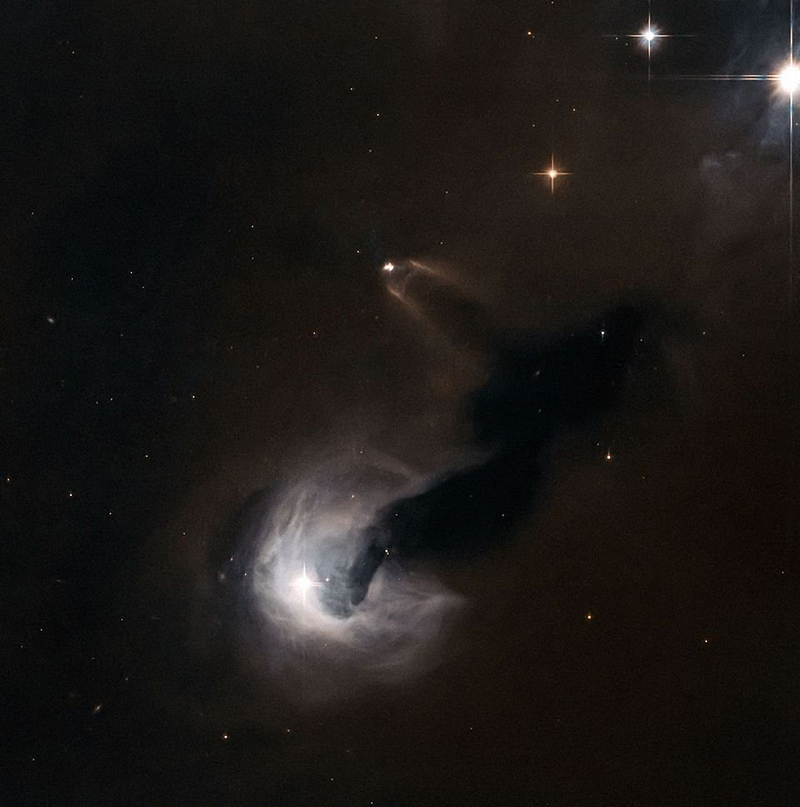
Шаровое звездное скопление. Как будто Новый год.
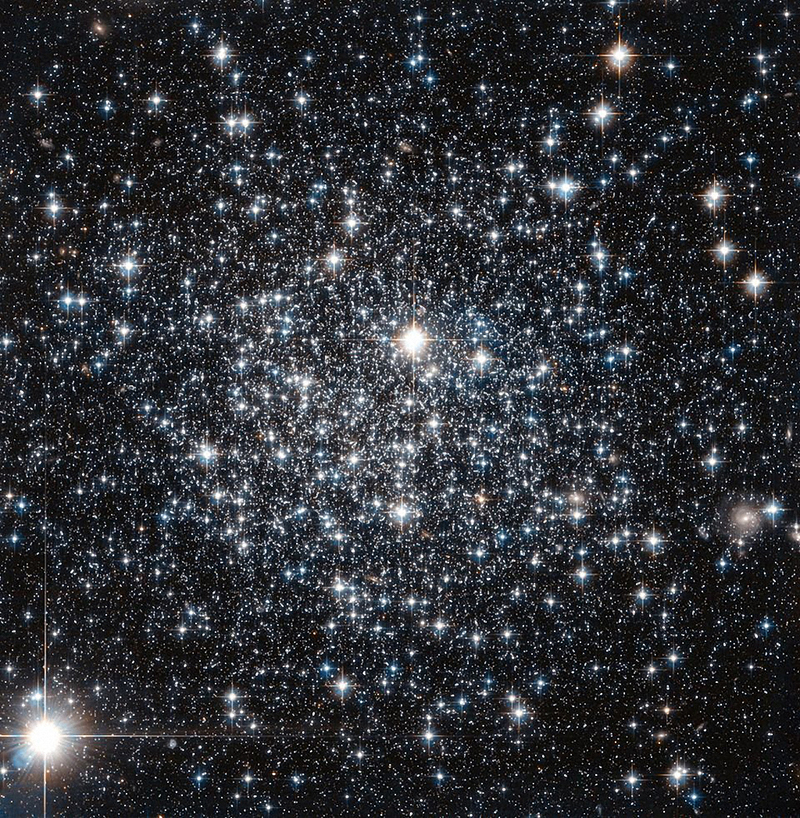
V838 Единорога взорвалась в 2002 году. Для нее это – начало конца. Для нас – фантастическое зрелище.

Туманность Голова Обезьяны. Ты видишь обезьяну? И мы не видим. А она есть.

Буря около северного полюса Сатурна. Не только у нас бывает плохая погода.
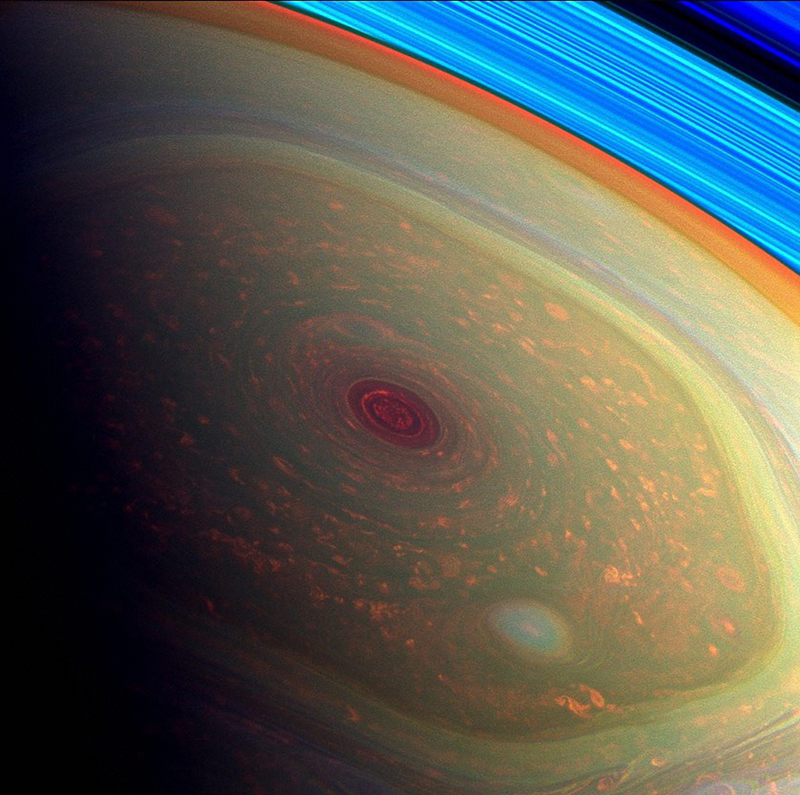
Вот так выглядят свежеиспеченные сверхновые.
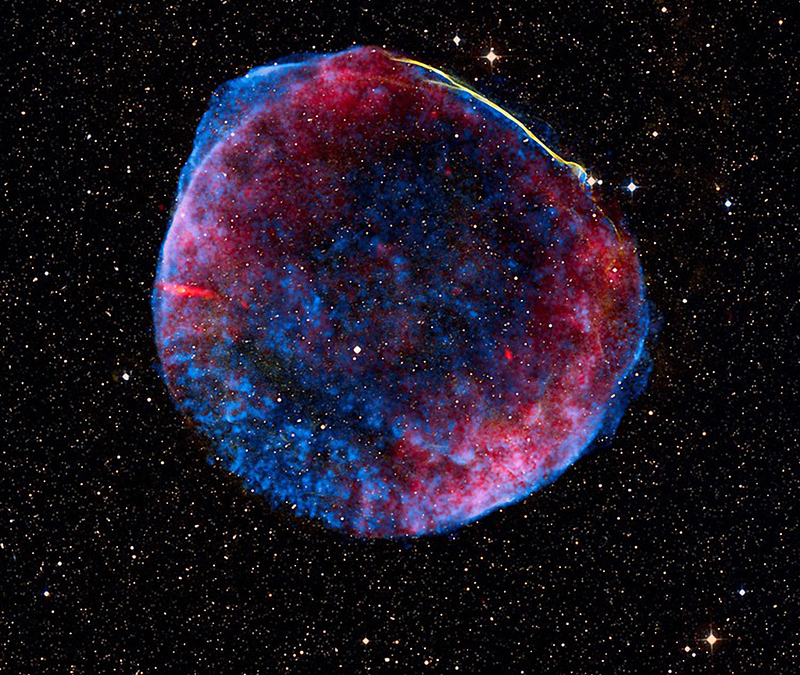
Или вот так.
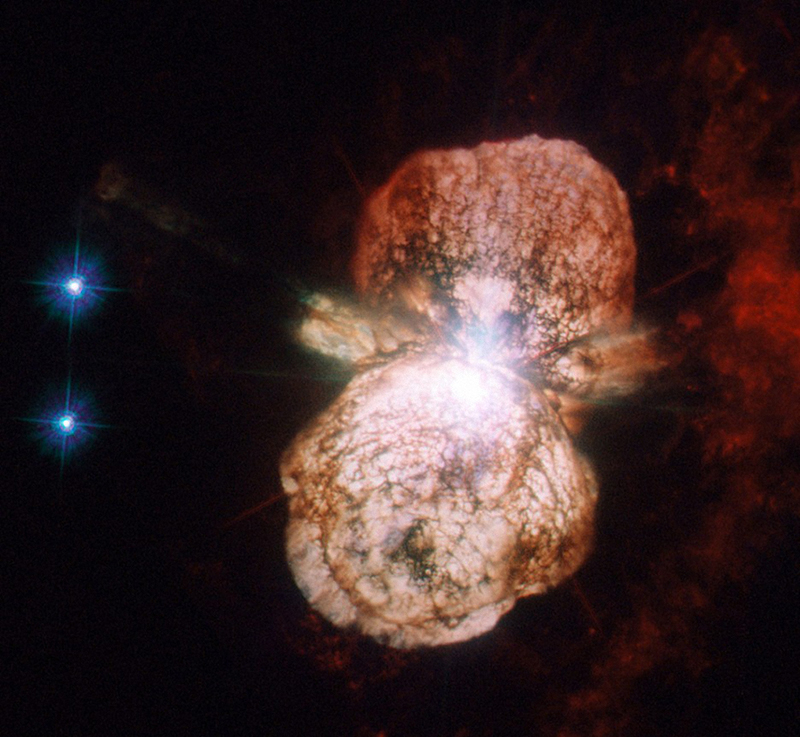
Текст: Ольга Лысенко
Фото: www.spacetelescope.org
Читай также:
Где и когда можно посмотреть звездопад в России?
Совершенно чумовое видео из космоса с борта МКС
На Марсе начали искать жизнь. Пару часов назад
